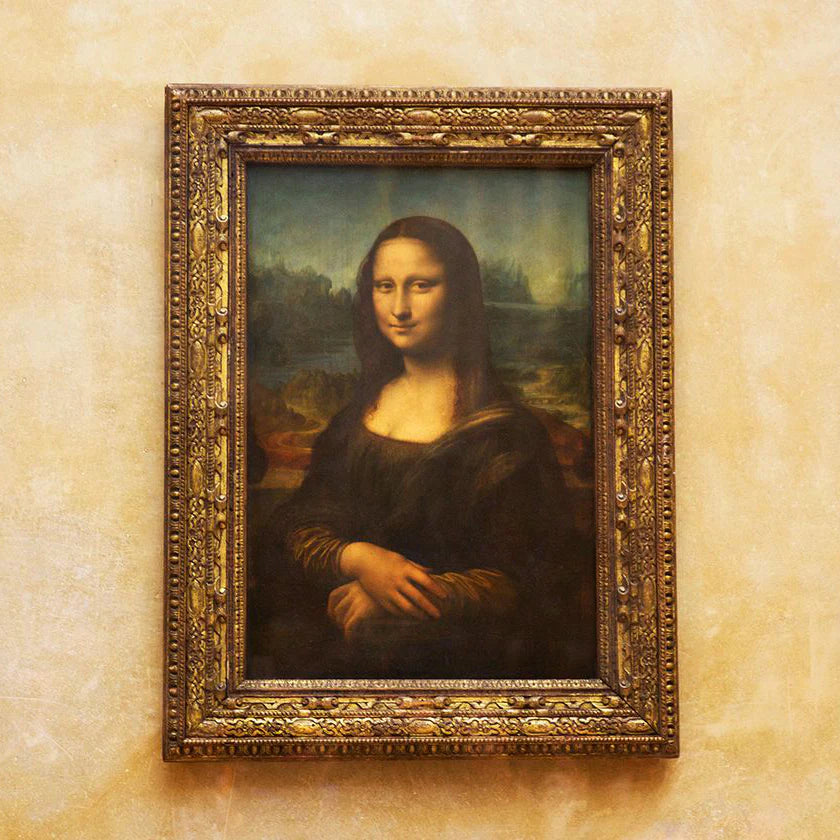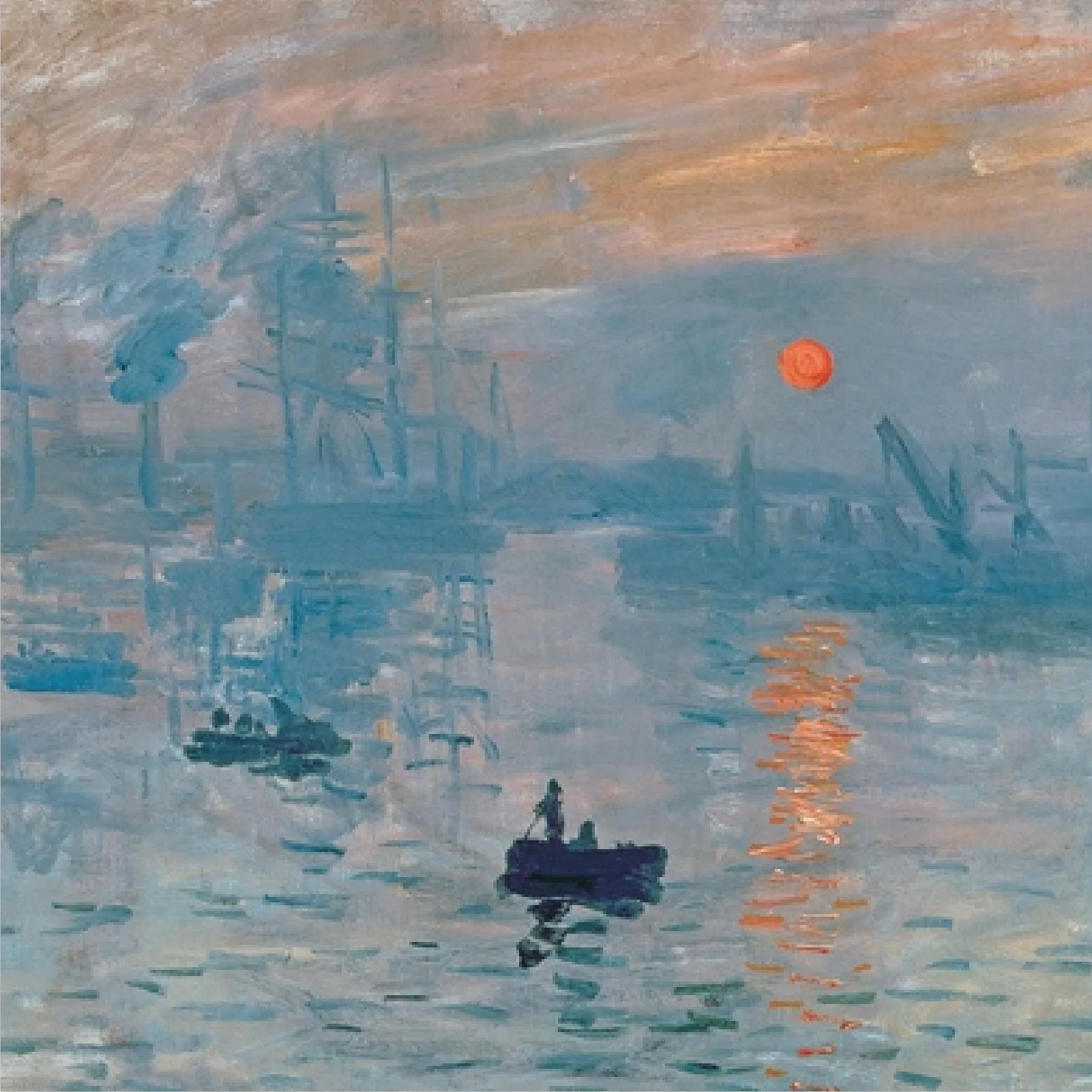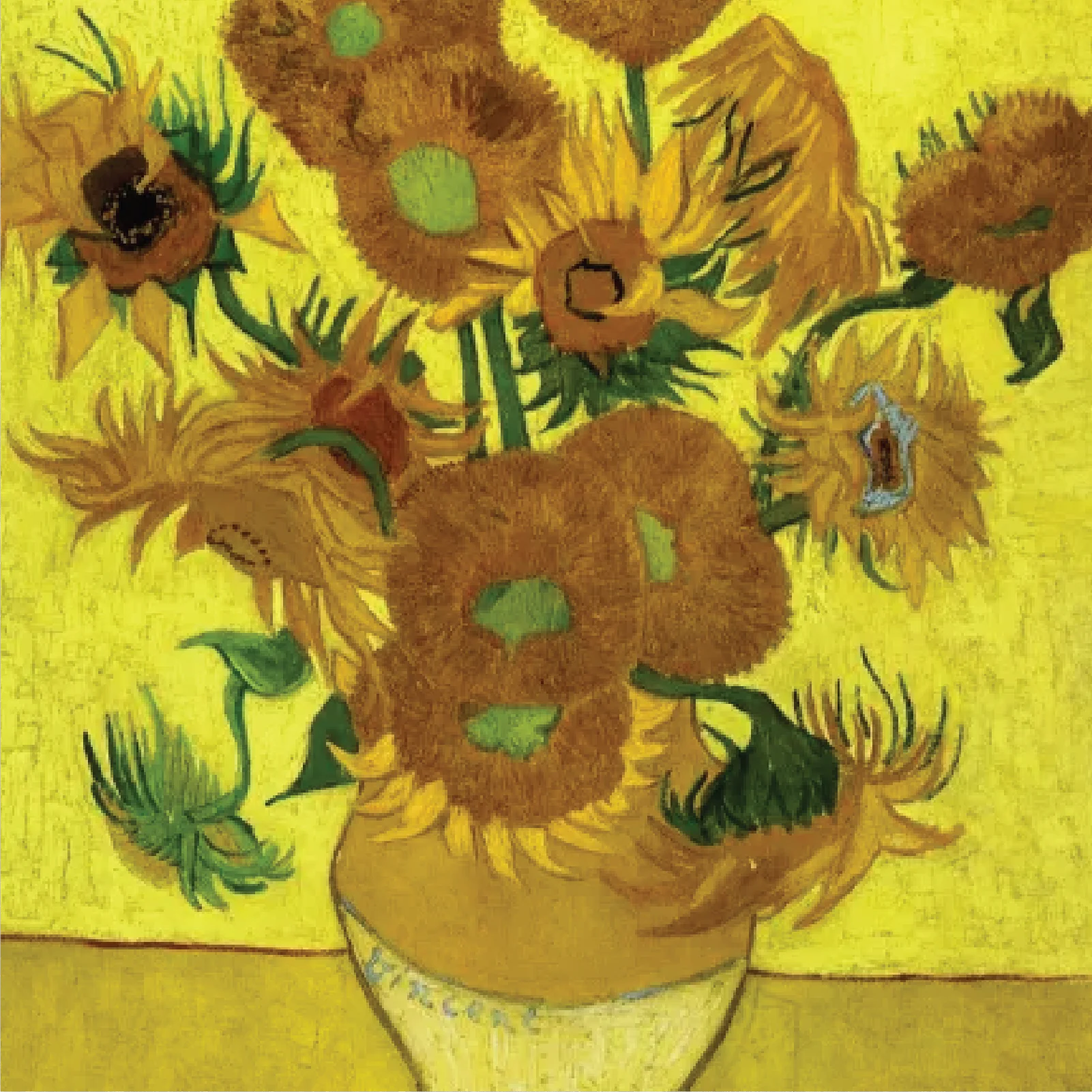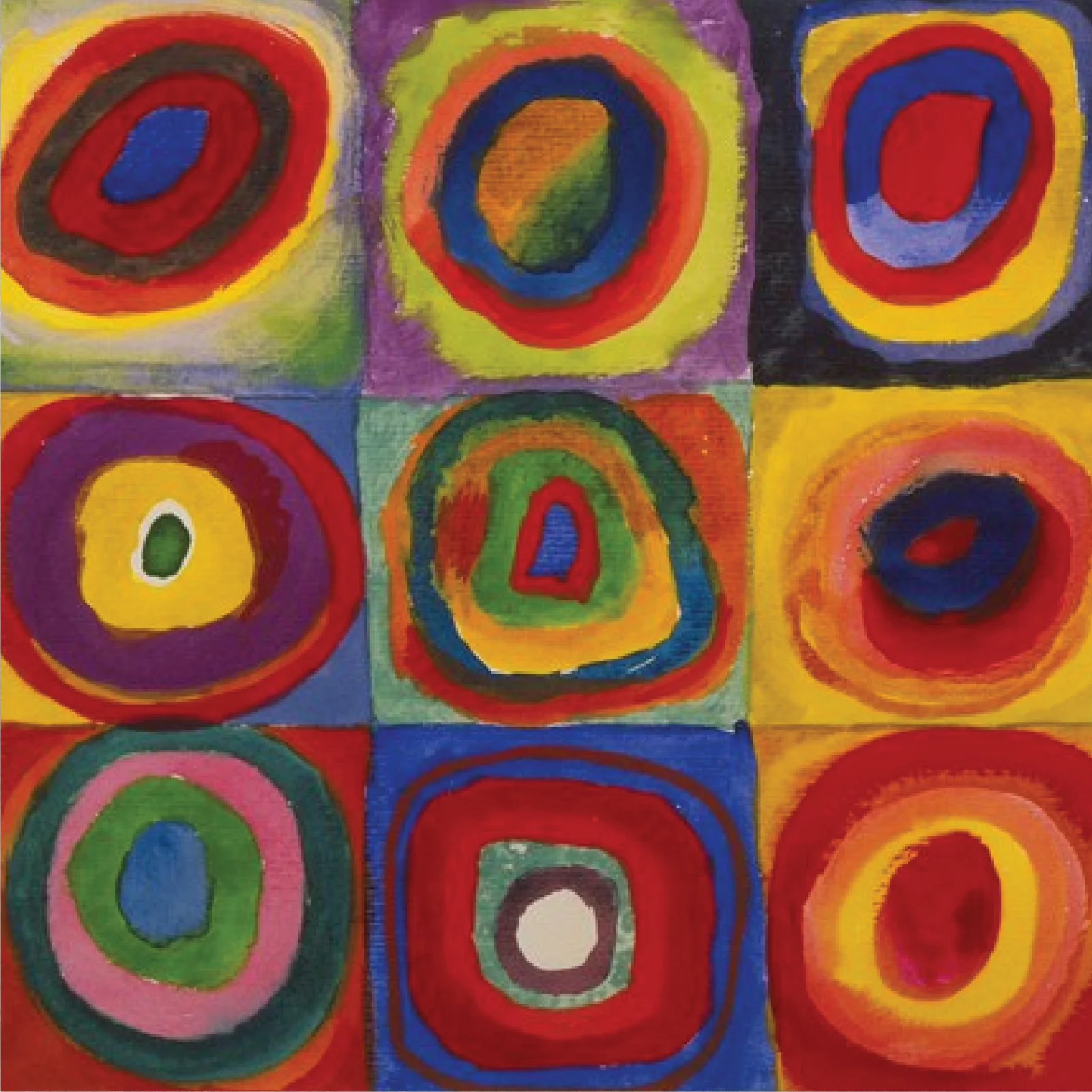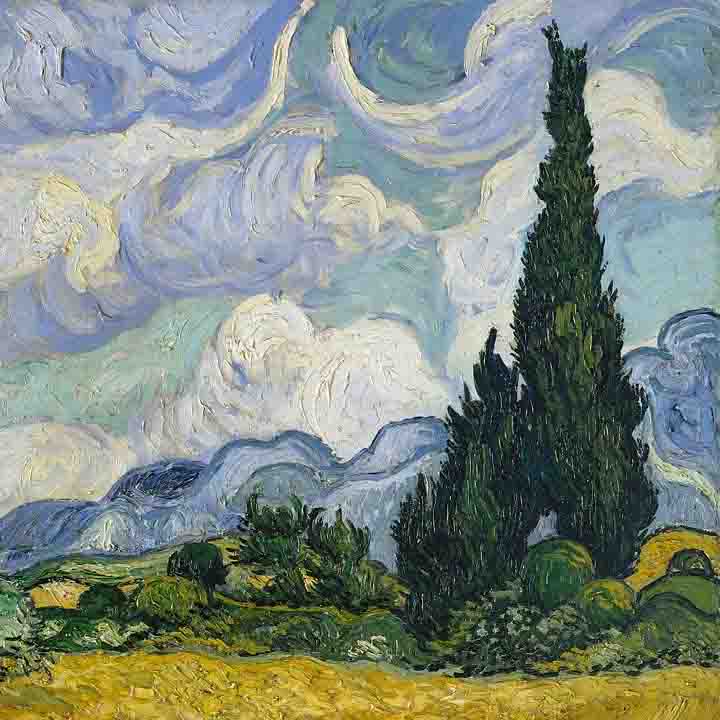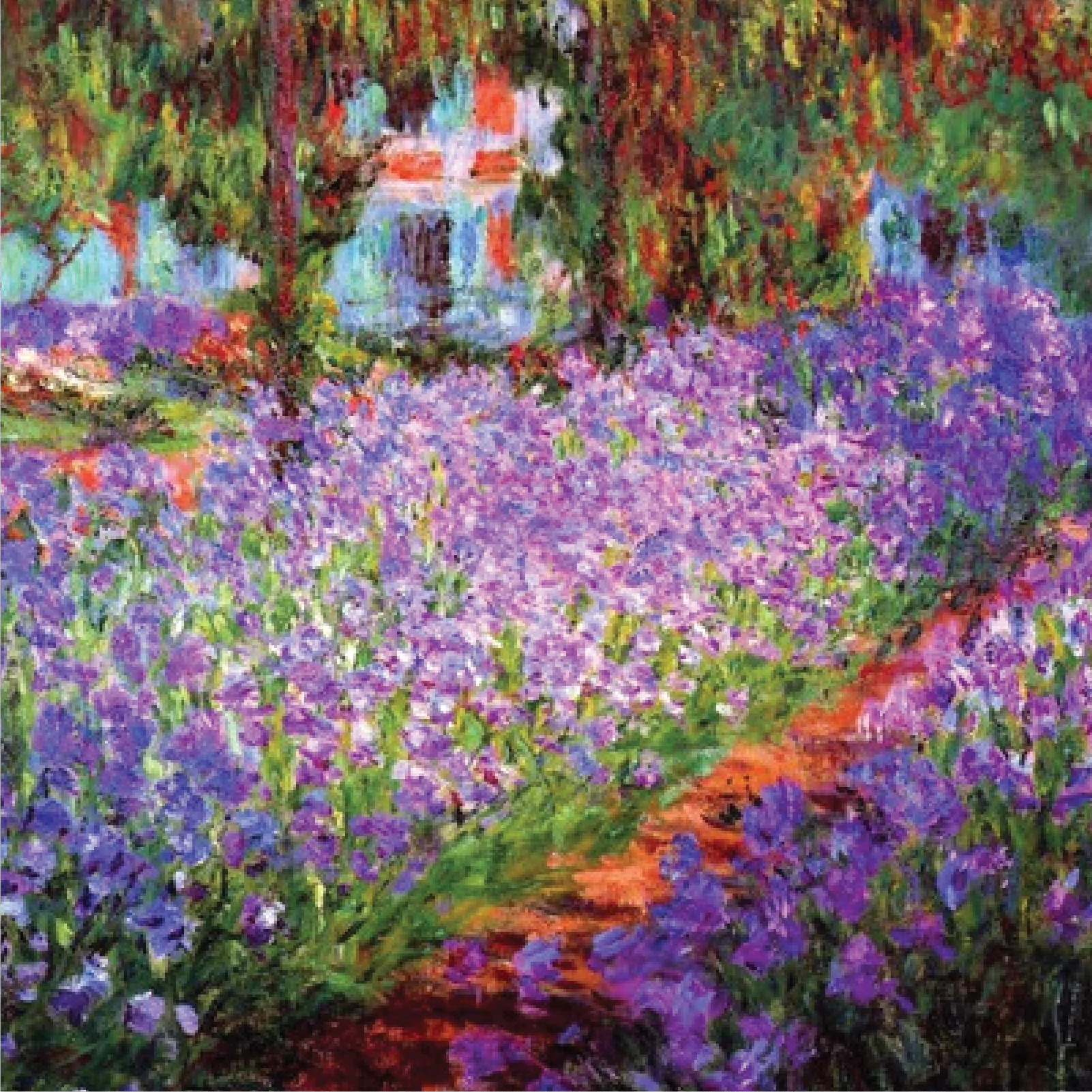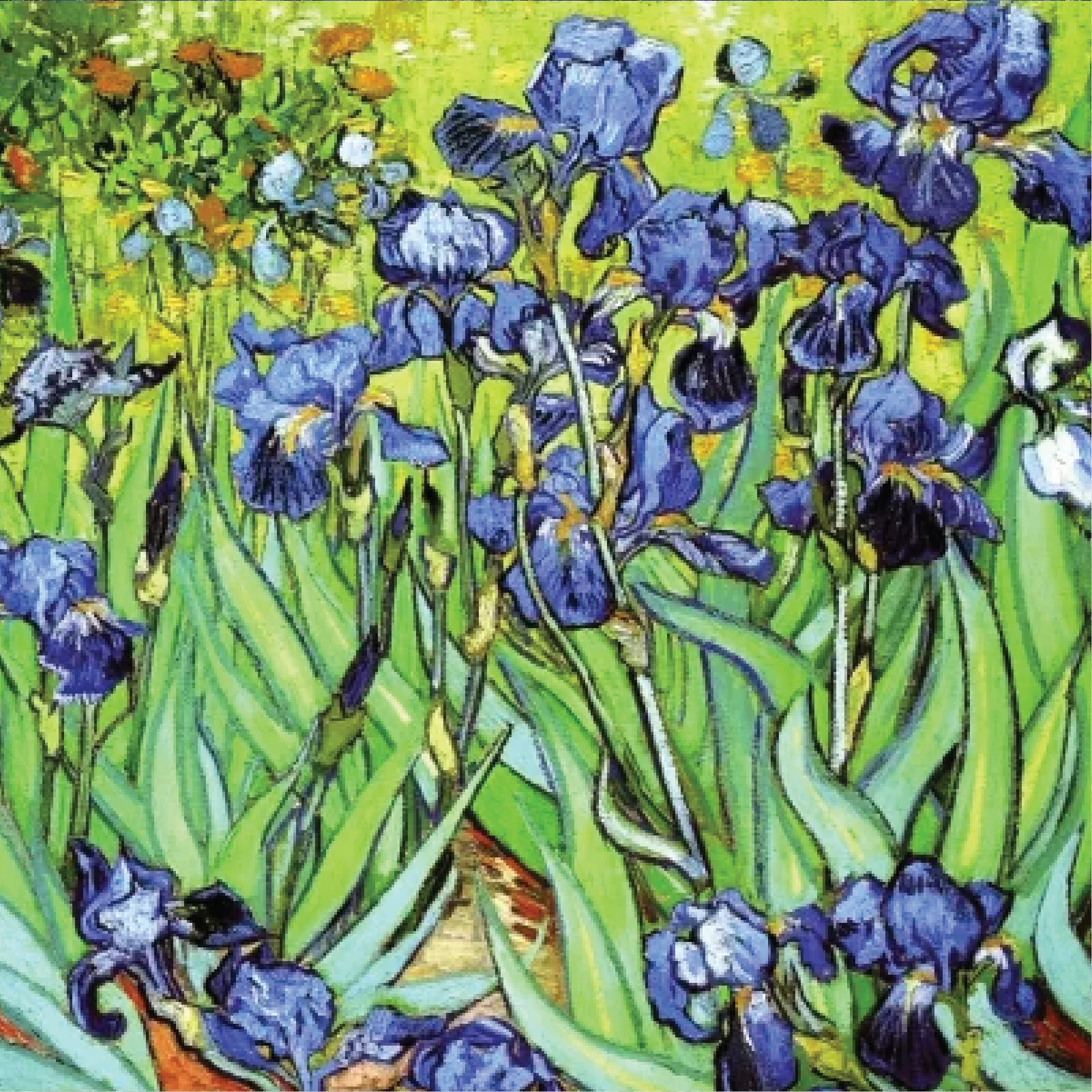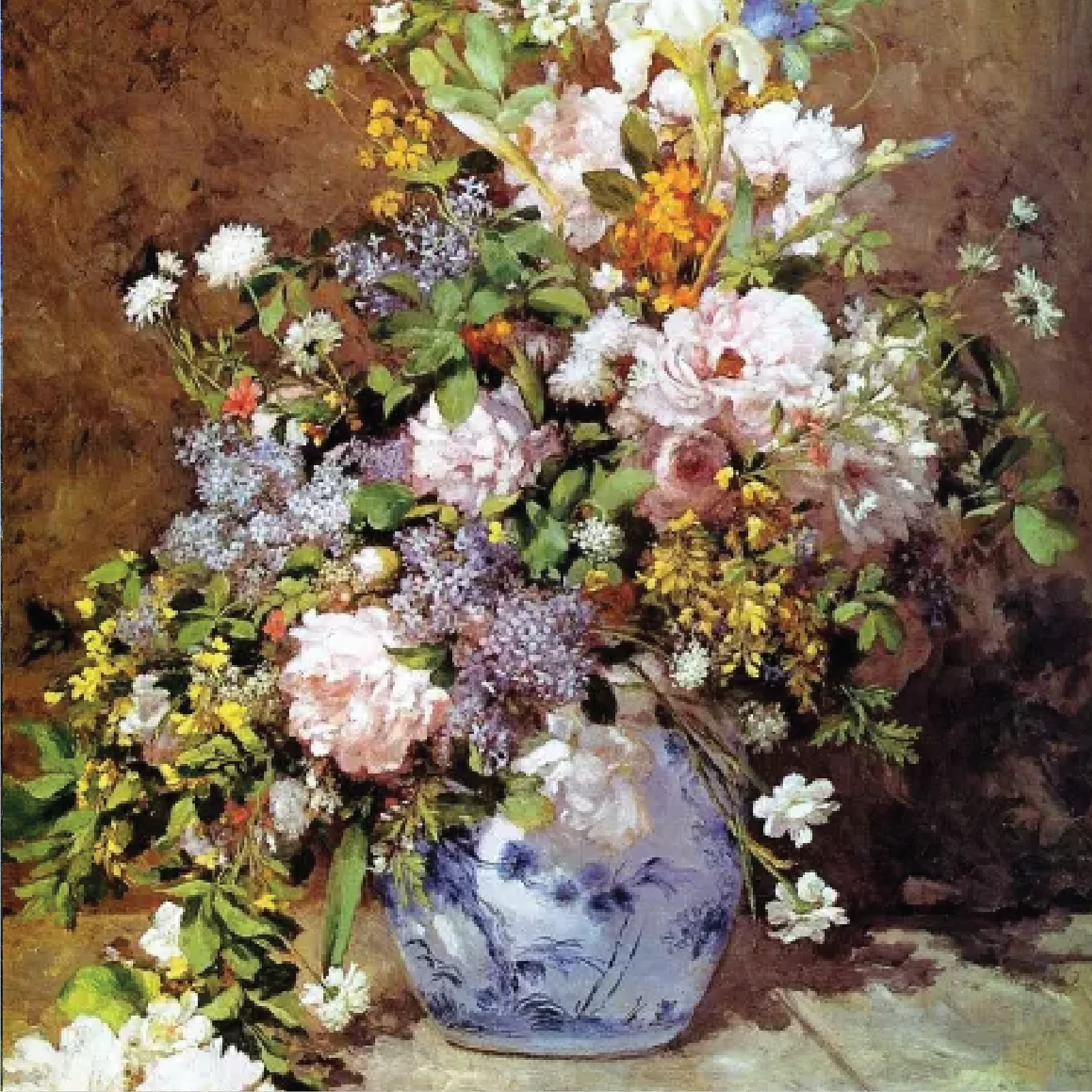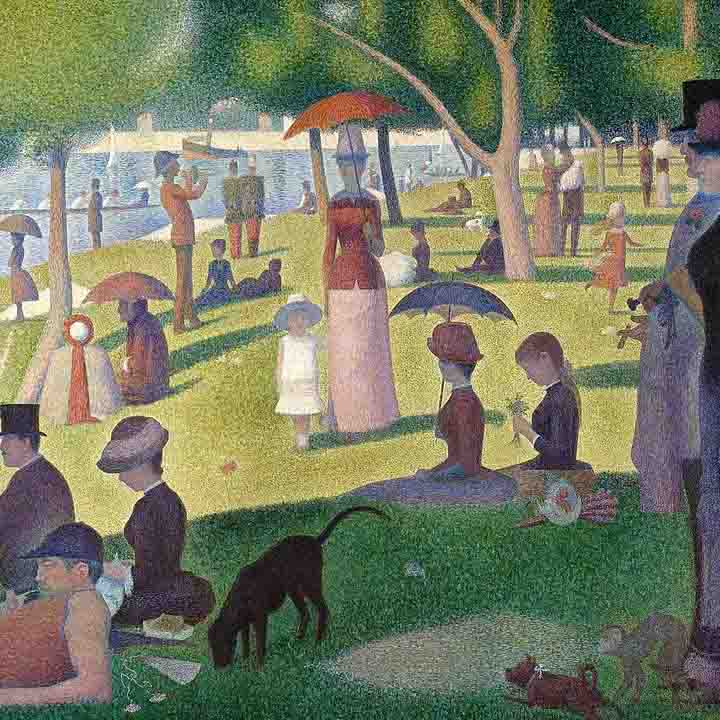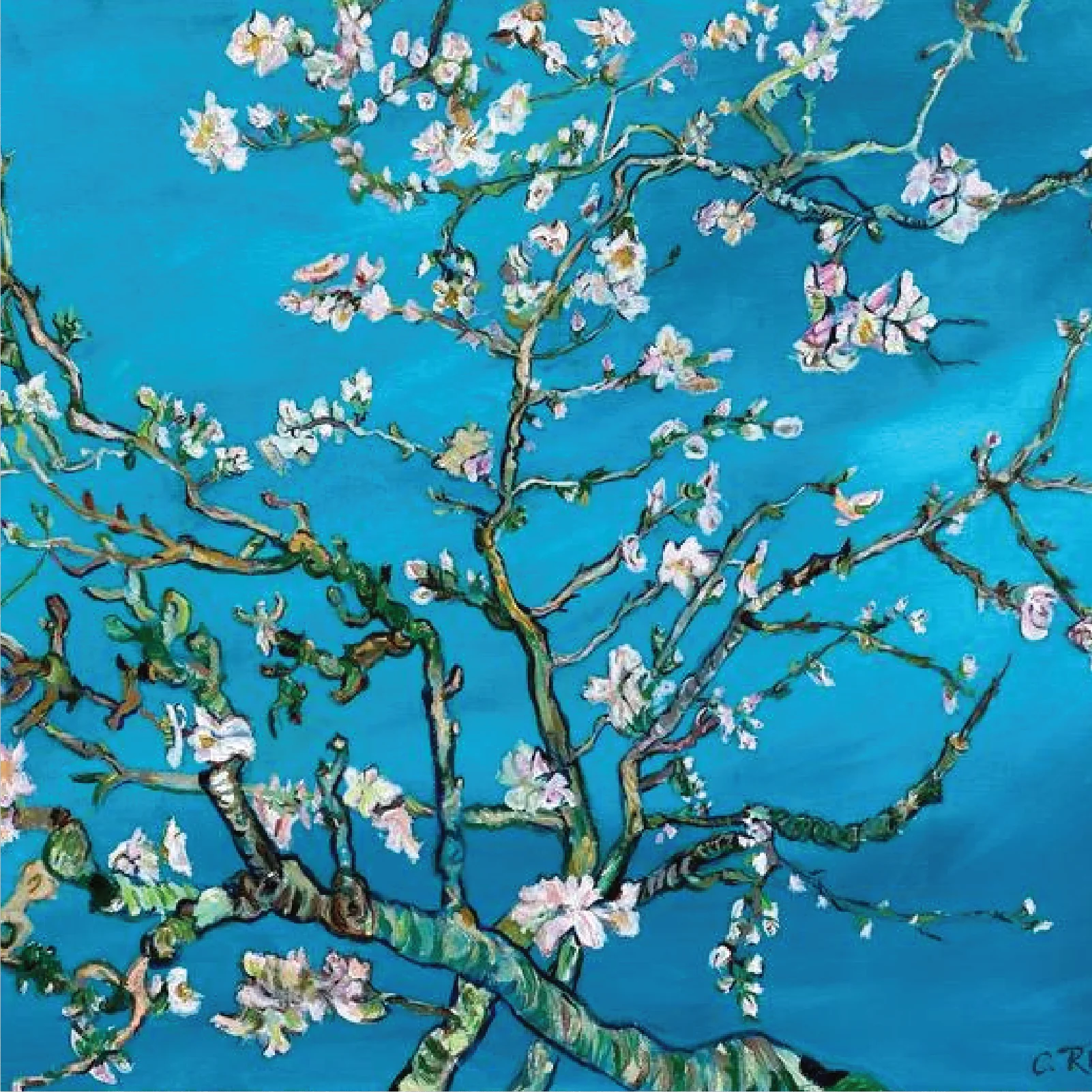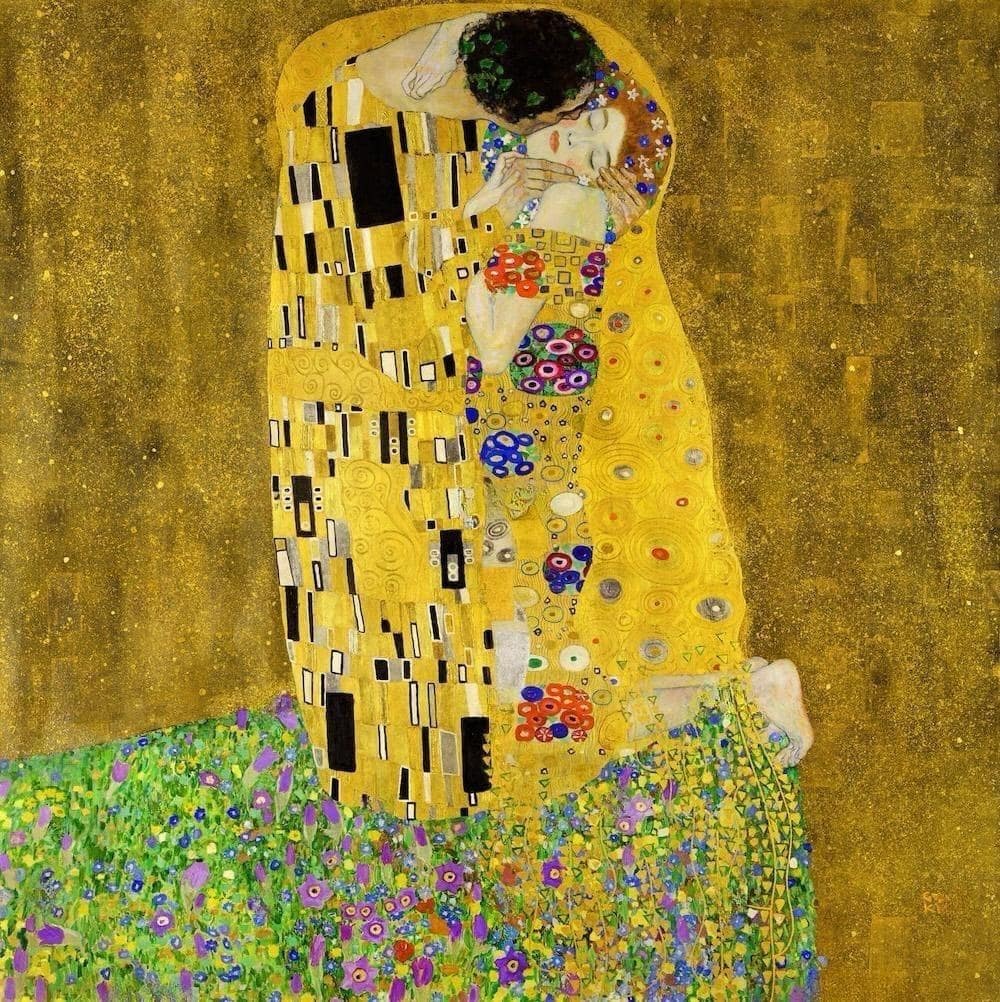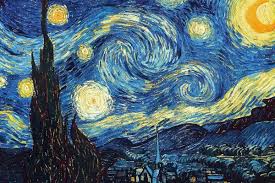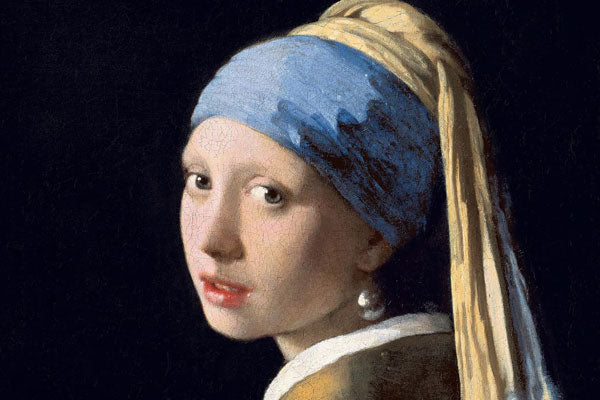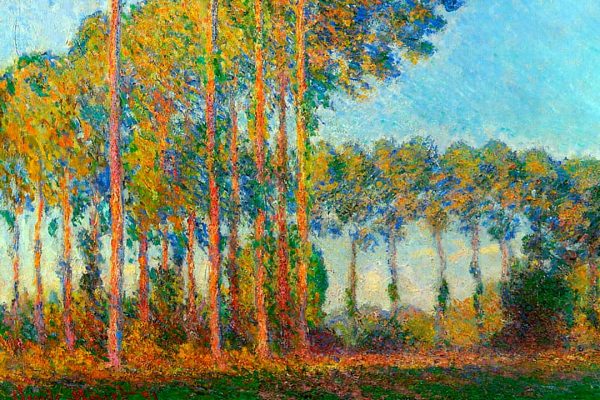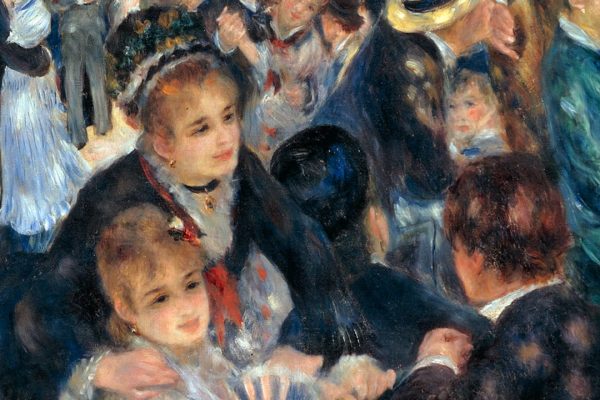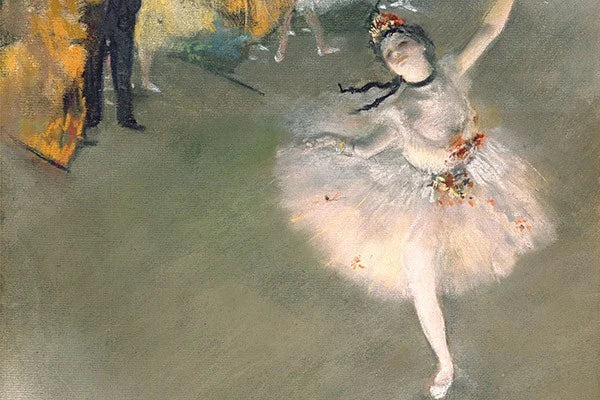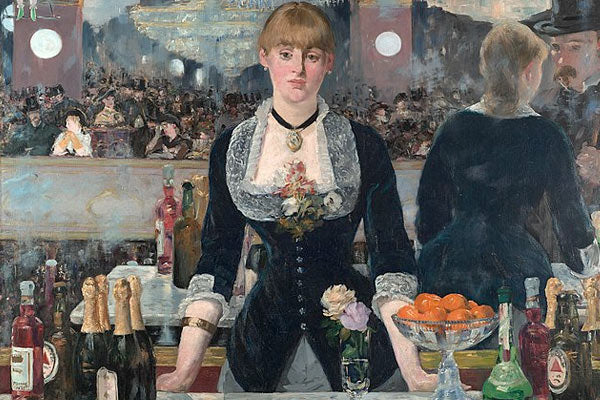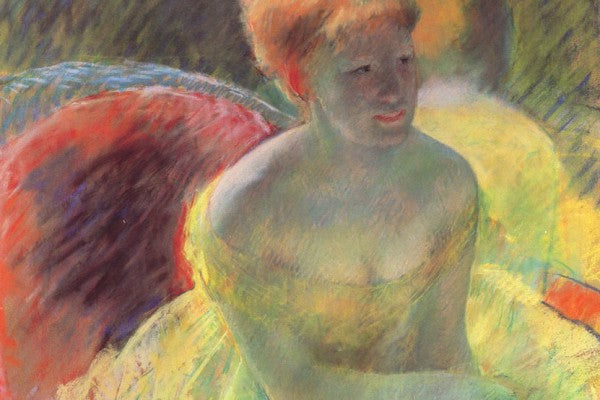At ART&See, we specialize in fine art reproductions, offering high-quality oil-painted reproductions of original artwork. Whether you’re an artist looking to reproduce your artwork or an art lover wanting quality prints of your art, we provide hand-painted reproductions that capture the high resolution, intricacy, texture, and unique characteristics of the original piece. Our goal is to help artists and collectors increase the value of their collections with museum-quality reproductions.
Now, let’s embark on the journey of learning how to reproduce artwork effectively, ensuring that every detail of your original work is beautifully captured.
Investing in oil painting reproductions allows art lovers to own stunning masterpieces without the high price tag of an original.
How To Reproduce Artwork: Understanding the Methods of Art Reproduction
Reproducing artwork using modern techniques requires precision, patience, and the right tools. Whether you’re an artist wanting to make prints of your original piece or a collector looking to create prints of a cherished painting, there are several methods to consider.

Here’s how to reproduce artwork:
-
Scanning Your Artwork – Best for fine art prints, etchings, and detailed drawings.
-
Photographing Your Artwork – Ideal for oil paintings, large canvases, and textured pieces.
-
Digital Reproduction & Giclée Printing – Used to print your duplicate with high-quality prints.
-
Traditional Printmaking Techniques – Methods like lithography and linoleum etching.
Each method has its unique advantages, and choosing the right one depends on the artwork you’re reproducing. Let’s explore the step-by-step process to reproduce your artwork with the best possible results.
Step 1: Gather Your Materials – Preparing for Reproduction
Before you begin, gather the necessary tools to ensure a high-resolution reproduction of your original artwork.
Tools You’ll Need:
✔ Scanner (for flat artworks like pastels, etchings, or pencil sketches).
✔ DSLR Camera (for photographing oil paintings and textured pieces).
✔ Tripod (to keep your camera steady and avoid motion blur).
✔ White Balance Tools (to ensure accurate color representation).
✔ High-Resolution Printer (for fine art prints).
✔ Fine Art Papers (to maintain the quality and depth of your original work).
Step 2: Scanning Your Artwork – Best for Fine Art Prints
If your artwork is flat, like a pencil or pen drawing, pastel, or etching, using a scanner is the best method to achieve high-quality prints.

How to Scan Your Artwork for Best Results:
-
Clean the Scanner Glass – Don’t forget to clean your scanner to avoid dust or smudges.
-
Scan at 300 DPI or Higher – A high-resolution scan (300 dpi or more) ensures clear, quality prints.
-
Scan in Sections for Large Artworks – If your piece is too large, scan or photograph in parts and later piece it together digitally.
-
Use Colour Correction Tools – Adjust contrast and brightness for the best digital image.
This method is perfect for artists wanting prints of their art with high accuracy. However, if your artwork has texture, you’ll need to photograph your artwork instead.
Step 3: Photographing Your Artwork – Capturing Textured Pieces
For oil paintings, acrylics, or mixed media art with raised surfaces, a photograph of your artwork is the best way to reproduce it.
How to Take the Best Photographs of Your Artwork:
-
Use Natural Light or Soft Studio Lights – Avoid glare by using indirect light.
-
Keep Your Camera Steady – Use a tripod to ensure sharp images.
-
Zoom In to Capture Details – Adjust focus for the intricacy of the original work.
-
Set Your White Balance Correctly – Ensures accurate color representation.
-
Photograph Square by Square – If the artwork is large, capture sections and later piece it together in editing.
This method allows artists to reproduce their artwork while retaining the depth and richness of the original piece.
Step 4: Digital Editing and Colour Correction
Once your artwork is scanned or photographed, the next step is digital techniques like:
✔ Colour Correction – Adjust brightness, contrast, and hues to match the original work.
✔ Removing Imperfections – Dust, glare, or unwanted marks can be removed in Photoshop.
✔ Resizing and Enlarging – If needed, enlarge the scanned image for gallery prints.
Step 5: Printing Your Duplicate – Fine Art Prints & Giclée Reproductions
Now that your digital image is ready, it's time to print your duplicate. There are different printing methods available:

1. Giclée Printing – The Best for Fine Art Prints
Giclée is a high-resolution inkjet printing process that produces fine art prints with museum-quality results. It uses archival ink and fine art papers for long-lasting prints.
✔ Best for: Watercolors, pastels, and detailed artworks.
✔ Advantages: Captures texture and intricacy of the original work.
2. Inkjet Printing for Affordable Art Prints
A high-quality inkjet printer can also produce prints of your artwork, though it may lack the depth of Giclée prints.
✔ Best for: Commercial art prints and posters.
✔ Advantages: More affordable and faster than Giclée printing.
3. Traditional Printmaking (Etching, Lithography, Linoleum)
For artists who want to create fine art prints using classical techniques, traditional printmaking methods like etching and linoleum printing are great options.
✔ Best for: Artists who want to offer limited-edition handcrafted prints.
✔ Advantages: Each print is unique and increases the value of the artwork.
Step 6: Finishing Touches – Varnish and Presentation
After printing, consider varnishing your prints of your artwork for a polished finish. Varnish protects against dust, UV damage, and moisture.
✔ For Oil Paintings: Use a gloss or matte varnish to enhance details.
✔ For Fine Art Prints: Use protective sprays for longevity.
Now your painting replica is ready to show in art-centric websites, galleries, or interior designers' collections!
Time to Share – Where to Sell and Showcase Your Art Prints
Now that you've learned how to reproduce your artwork, it’s time to share your fine art prints! Here are some popular services to showcase and sell your prints:
✔ Online Marketplaces: Etsy, Redbubble, and Fine Art America.
✔ Your Own Website: Create an art portfolio with an online store.
✔ Galleries & Interior Designers: Offer prints of your artwork to interior designers for decor projects.
Wrapping Up
At ART&See, we are passionate about art reproduction and helping artists create high-quality prints. Follow us for more tips on mastering fine art reproduction, or contact us for professional oil-painted reproductions of your original artwork.
Own a piece of art history with Art & See’s exquisite hand-painted reproductions. Browse our selection and transform your walls with elegance today.
Hope so, now you know how to reproduce artwork. Whether you’re a professional artist or just starting, learning to reproduce your artwork can open new doors, increase your exposure, and allow more people to enjoy your piece of art.
✔ Voila! Your masterpiece is now ready to be shared with the world! 🎨✨
